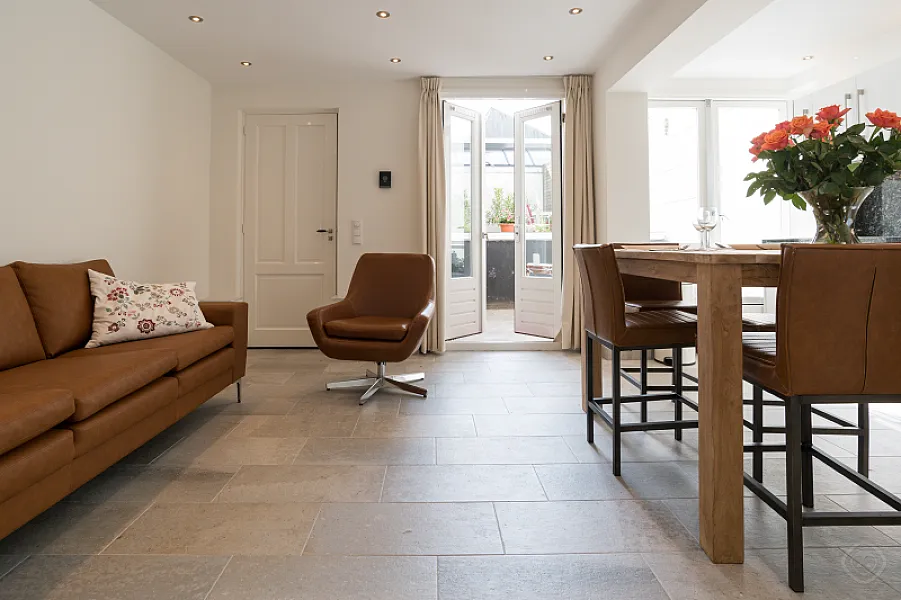The Plantage District
Often considered one of Amsterdam's most overlooked treasures, the peaceful and verdant Plantage district provides an idyllic setting for an authentic Amsterdam experience. This area is characterized by lush green spaces, a laid-back atmosphere, rich history, and stunning attractions, all while maintaining proximity to the city center.
Historical Evolution
The district's history spans several centuries:
- 17th Century: Created during the Golden Age as a planned expansion
- Original Purpose: Recreational area with private gardens for wealthy citizens
- 19th Century: Became an entertainment district with theaters and music halls
- WWII Impact: Area played significant role in Jewish history
- Present Day: Peaceful residential district with cultural significance
Cultural Landmarks
Notable attractions include:
- Artis Zoo: Netherlands' first zoo
- Hortus Botanicus: Historic botanical gardens with 4,000+ plant species
- Hollandsche Schouwburg: National Holocaust Memorial
- Portuguese Synagogue: Historic Jewish place of worship
- Jewish Historical Museum: Cultural heritage center
- Rembrandt House Museum: Artist's former residence
Modern Highlights
The area features:
- NEMO Science Center: Iconic green copper building
- Maritime Museum: Naval history in restored building
- De Gooyer Windmill: Amsterdam's last standing windmill
- ARCAM: Center for Architecture
- Waterlooplein Market: Famous flea market
Neighborhood Character
The district offers:
- Peaceful residential streets
- Historic architecture
- Green spaces and parks
- Cultural institutions
- Authentic cafes and restaurants
- Easy access to city center
- Connection to Jewish heritage
- Scientific and educational venues
The Plantage District provides the perfect base for visitors seeking a tranquil yet culturally rich Amsterdam experience, combining historical significance with natural beauty and modern amenities.

